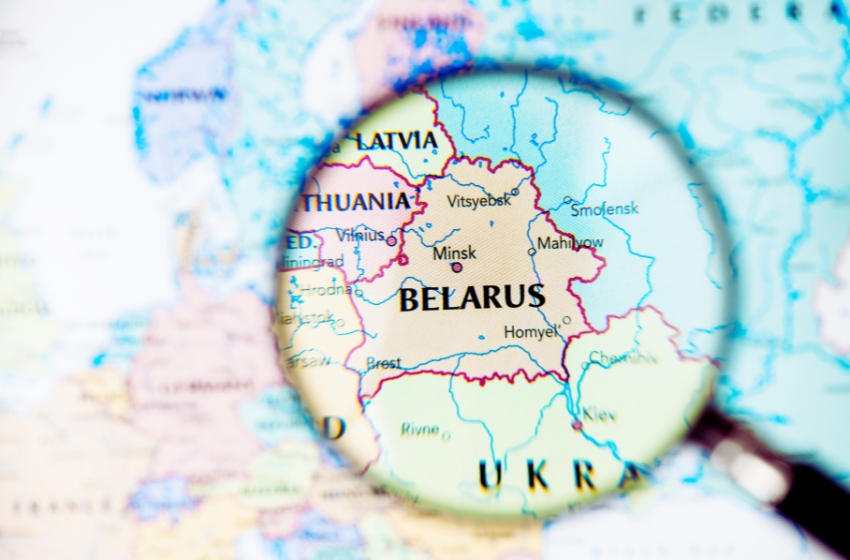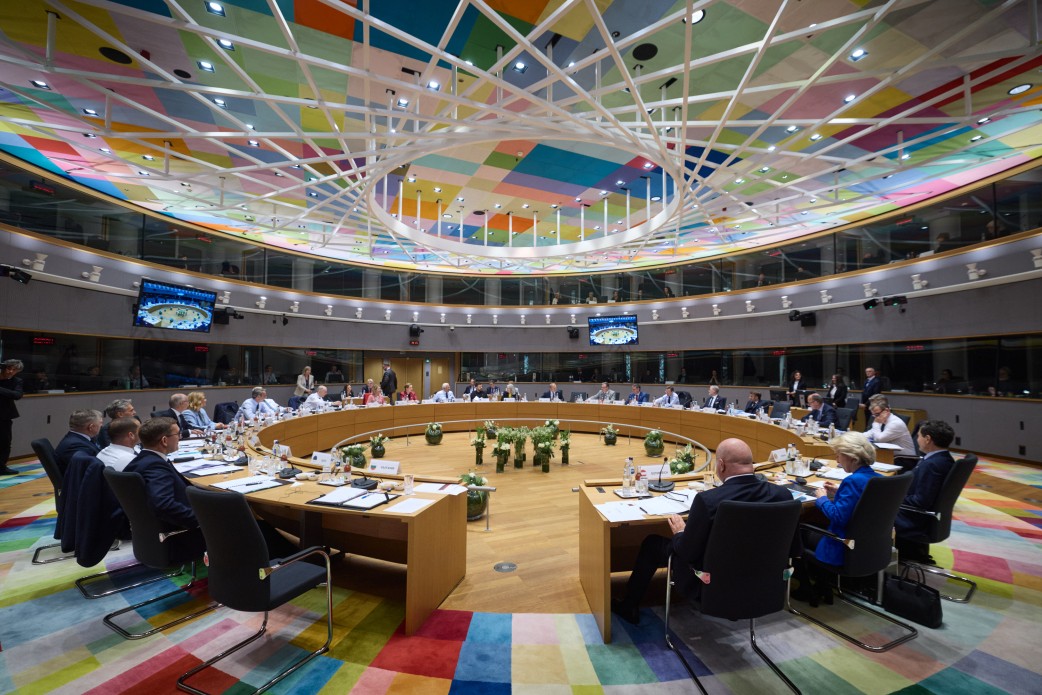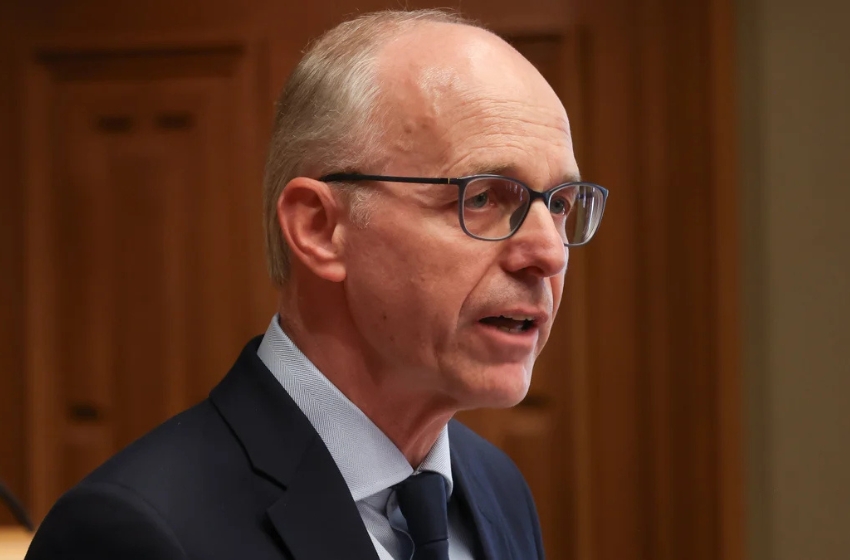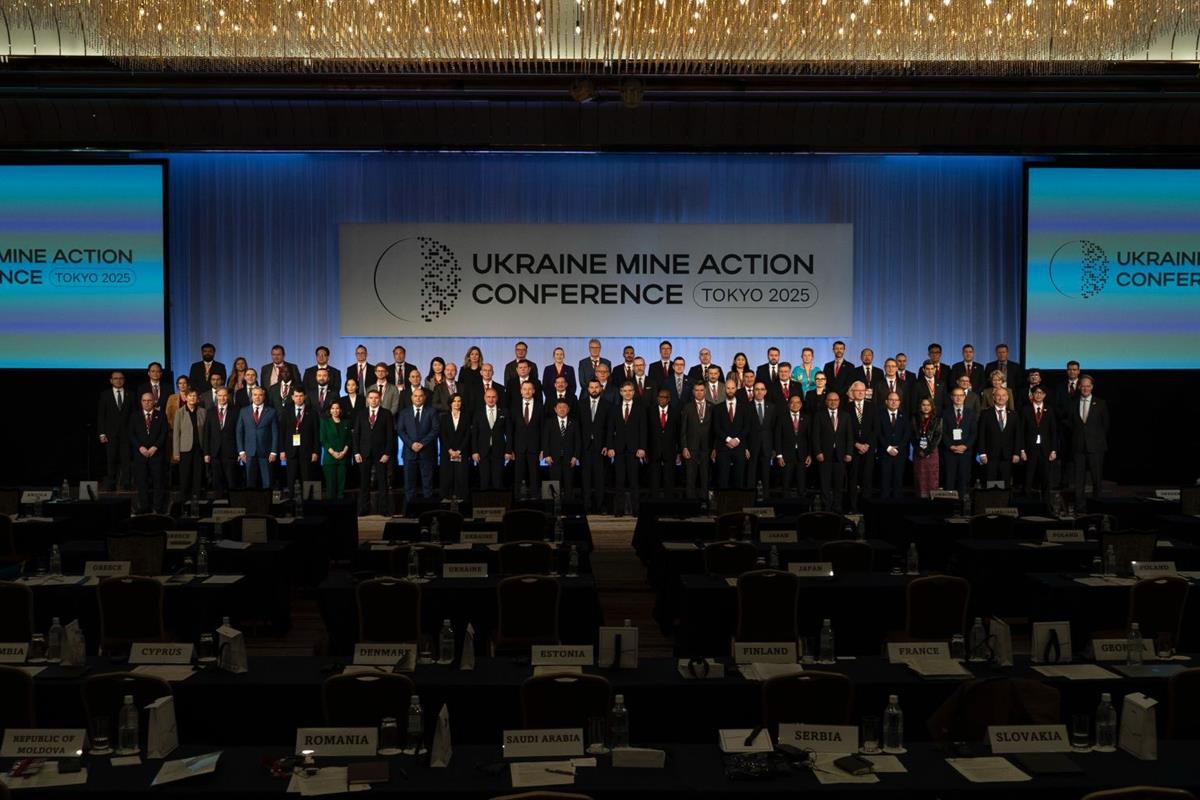Prices for Russian Urals oil have fallen to their lowest level since spring, casting doubt on the realism of budget plans in both Moscow and Minsk.
The Russian budget was initially based on a Urals price of $70 per barrel, but forecasts were later lowered to $58. For 2026, the Russian Ministry of Finance expects a slight increase to $59 per barrel; even so, it anticipates a 20% drop in oil and gas revenues and a deficit of at least 3.8 trillion rubles.
Market trends undermine the optimism of Russian calculations: global oil prices have declined, and Urals quotes have already fallen below the EU’s established “cap” of $47.6 per barrel. With rising production in other countries, prospects for price increases appear weak.
For Belarus, whose economy depends on trade with Russia for more than two-thirds of its activity, this means direct losses. In the first nine months, GDP growth reached only 1.6% versus the planned over 4%, and industrial production declined.
The Belarusian government’s new forecast for the next year has also been revised downward, with expected economic growth of only 2.6%. A year ago, Minsk promised stable growth above 4% per year.
Both economies are entering the new year without a margin of resilience. Russia faces declining energy revenues, threatening to widen the budget deficit and reduce social spending. Belarus, whose trade and finances are almost entirely tied to Moscow, is losing even the formal signs of economic independence.




















